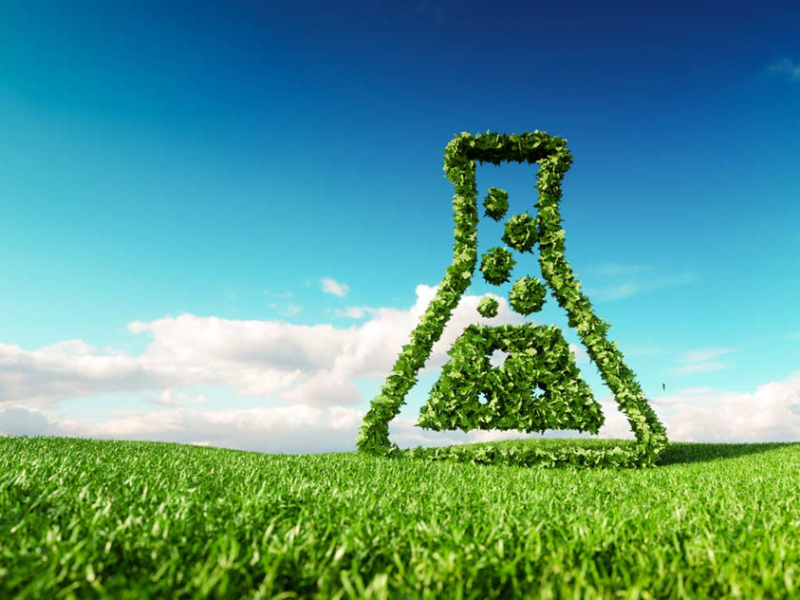The tradition and vocation to modeling and simulation applied to the Safety realm drove the PSE-Lab to build two computer programs AXIM and DETONIM.
This is the hierarchical structure of the Accident Simulation and Event Reconstruction section:
- Accident Simulation
- Dynamic simulation of industrial accidents
- Dynamic simulation of transportation accidents
- Coupling of accident simulator and process simulator
- 3D virtual environments for accident simulation
- AXIM
- Features
- Capability of simulating events whose conditions (e.g., emission, weather, triggering events) are continuously varying and not defined a priori
- Weather dependency
- Cloud coverage
- Wind velocity
- Wind direction
- Air humidity
- Air temperature
- Solar radiation
- Latitude
- Hour, day, month of the year
- Ground dependency
- Water
- Soil
- Terrain
- Peeble
- Asphalt
- Liquid and gas emission
- From industrial equipment
- From tanks, vessels, …
- Liquid spreading
- Pool formation on different grounds
- Soil, terrain, asphalt
- Water
- Pool formation on different grounds
- Gas dispersion
- Dense gas
- Neutral/buoyant gas
- Spray
- Ignition
- Pool fire
- Flash fire
- Jet fire
- Fireball
- DLL structure and interaction with external programs through a server/client architecture
- Features
- Consequence analysis and quantification of industrial and transportation accidents
- Gas profile concentration
- IDLH, LC01, LC50, LC99, LD01, LD50, LD99
- AEGL, ERPG, TEEL
- Radiation
- On equipment
- On human beings
- Burns
- Lethal threshold
- Overpressure
- After deflagration
- After detonation
- Gas profile concentration
- Consequence analysis and quantification of detonation of solid explosives
- Solid explosive analysis and TNT equivalence
- RDX, ANFO, PDL, PETN, HMX, TORP, PCLA
- Ammonium nitrate
- Rockets propellant
- Solid explosive
- Loose explosive
- Munition explosive in metal casing
- Bullets
- Bombs
- Grenades
- Missiles
- Analytic evaluation of overpressure and impulse
- Solution of direct and inverse problems
- Direct problem: overpressure at a given distance and given amount of solid explosive
- Indirect problem: determine the maximum amount of solid explosive (either loose or munitions)Â to produce a threshold limit of overpressure/impulse at a given distance
- Solution of direct and inverse problems
- Consequences and design for safety
- Overpressure
- Impulse
- Fireball
- Heat radiation
- Seismic wave
- Gas concentration of burnt substances
- Production of fragments
- Density of fragments
- Energy of fragments
- Fragments distribution
- Range of fragments
- Probability of impact with still and moving targets
- Role of safety walls and embankments
- Heavy- and Light-weight concrete
- Composite materials for roofs
- Other mitigation barriers
- Over-the-ground and under-the-ground depots
- Solid explosive analysis and TNT equivalence
- Accident Event Reconstruction
- BP explosion and fire at Texas City Refinery on March 23rd, 2005
- Viareggio LPG railway accident on June 29th, 2009
- Consequences analysis

